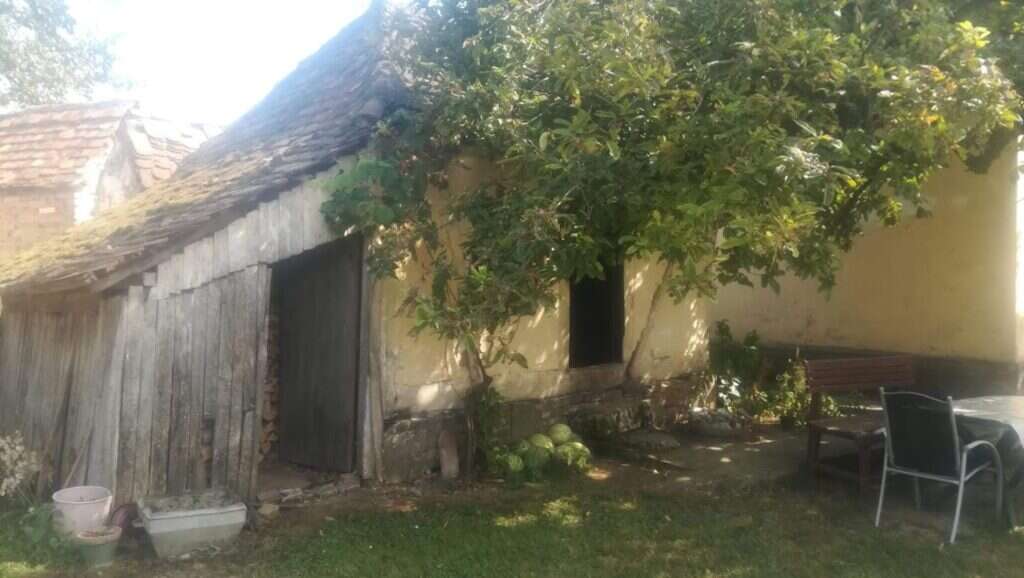In Crna Bara, a village in the municipality of Bogatic in Mačva region in Serbia, there is a house that is, according to legend, related to the Hajduk (Highwayman) Stanko Aleksic, a historical figure and the protagonist of one of the most significant novels of 19th century Serbian literature, Janko Veselinovic’s work “Highwayman Stanko”.
Today, this “vayat” (a small wooden windowless house) is a cultural monument protected by the state of Serbia.

In addition to being associated with Stanko, this house is also a monument of 19th century folk architecture in Serbia, and it also houses a permanent exhibit display.
When you enter the house, you find yourself looking at a metal bed covered with carpet, and also one table and three chairs. There is a traditional girl’s shirt on the wall, as well as various paintings reminiscent of the time when Stanko fought against the Turks in the early 19th century.
He was famous for his strength and courage, but also his great cruelty to the Turks, as well as to anyone else who would get in his way.

By the way, Highwayman Stanko is the main character of the eponymous work of the famous Serbian writer Veselinovic, and is based on the historical figure Hajduk Stanko Aleksic, which was one of the symbols of resistance to Turkish rule in Serbia at the time.
This building was moved by the first veterinarian in Serbia, Jovo Aleksic, the grandson of Hajduk Stanko, to his estate and presented to Janko Veselinovic, along with a story for his novel.
According to legend, it was from this house that Stanko went on a huddle because he could not withstand the wrongdoing that was done to him.

He was offended by a man called Lazarus, and Stanko swore he would take revenge. He eventually took his shotgun, killed Lazarus while he was mowing the meadow, and then fled into the woods.
It is also interesting how the meeting between Jov Aleksic and the writer came about. Janko Veselinovic went to Vienna to study, and there he met Jovo Aleksic, who was a veterinarian. Jovo, a descendant of Stanko, told the great writer about his illustrious ancestor, one of the symbols of the First Serbian Uprising. This is how the novel was created, a novel which is one of the most widely read in Serbian literature.

This text is part of the project “Seven Wonders of Bogatic” co-financed by the Municipality of Bogatic.
(Come to Serbia)
